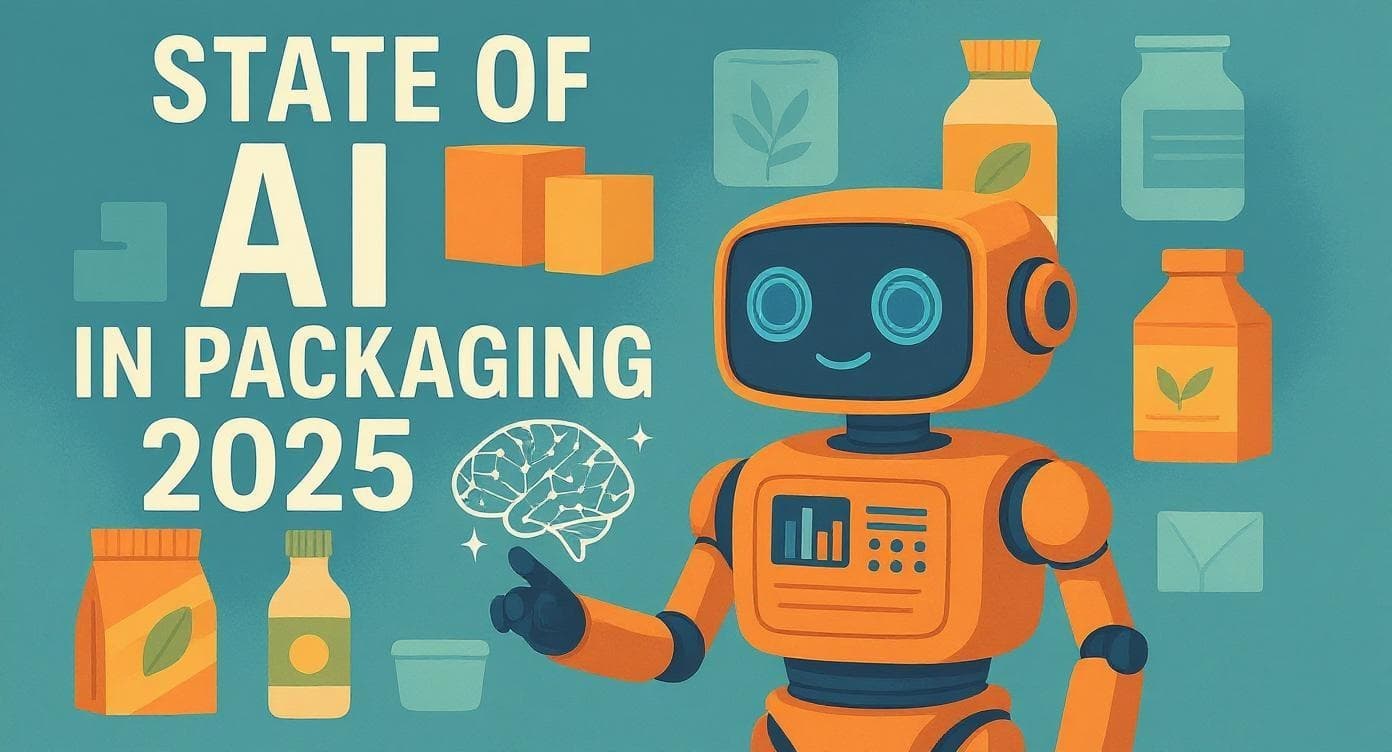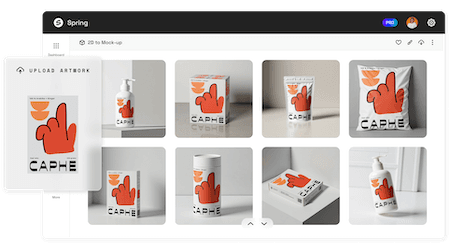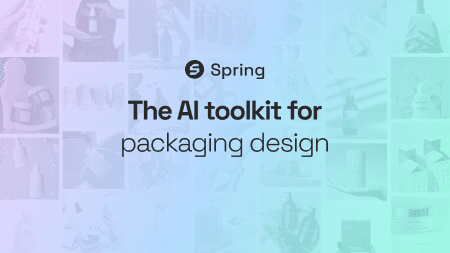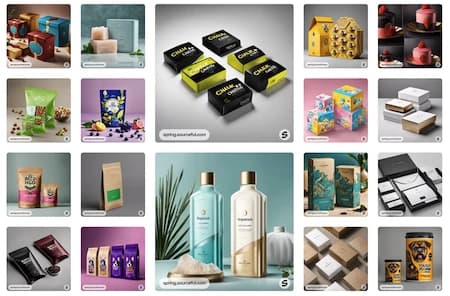Blog PostSustainable packaging: myth vs reality
- Sustainability
- Innovation
- Design
Kris MooreAugust 16, 2021 - 5 min read
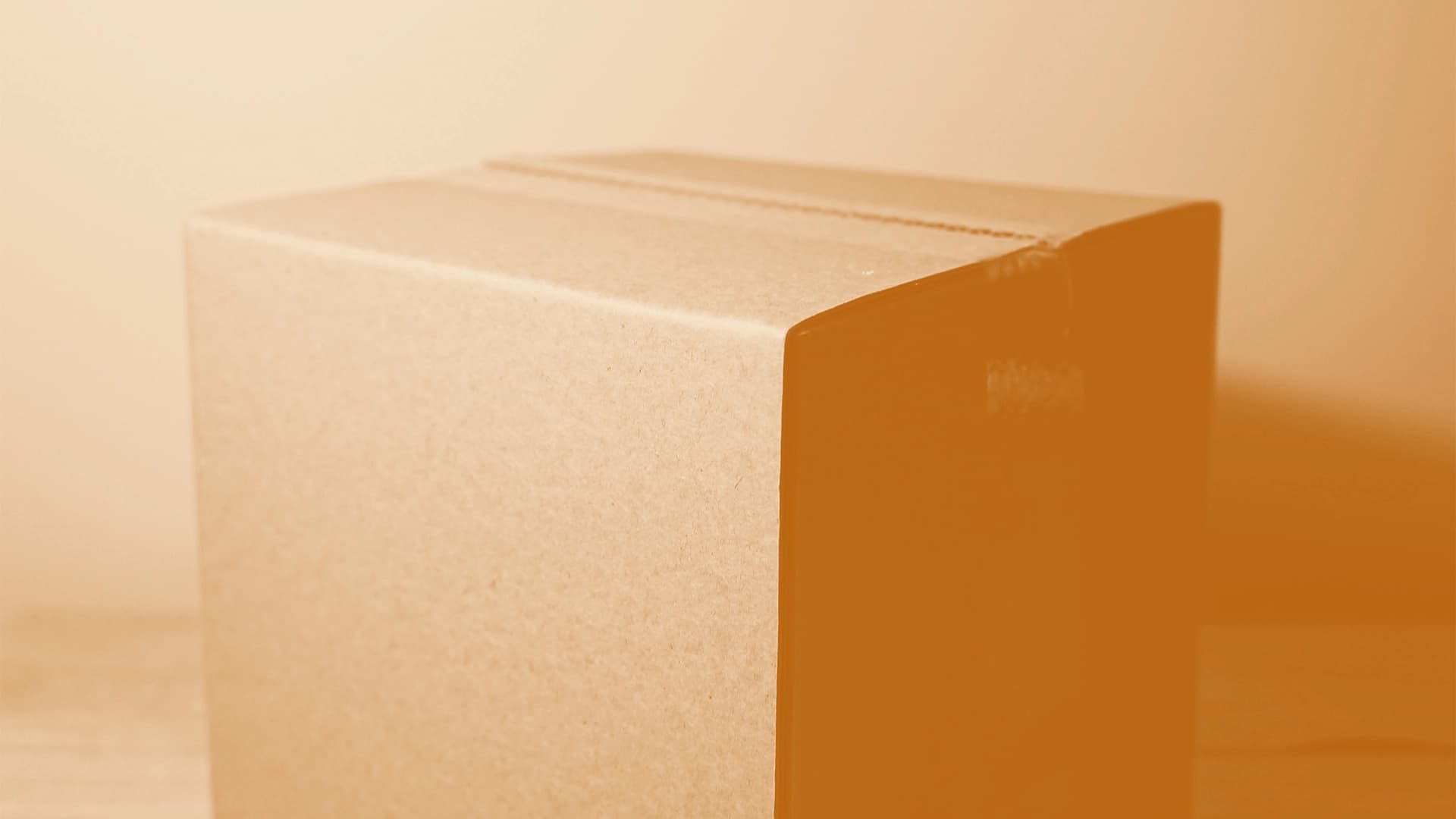
Consumer attitudes are changing. Environmental initiatives are no longer considered an ‘added bonus’; they’re now expected as standard by a growing audience that is increasingly clued up on sustainability. A recent study shows that 45% of Gen Z shoppers have stopped purchasing from certain brands because of sustainability concerns.
At the top of the sustainability wish-list for consumers is packaging. 64% want brands to do more to reduce the materials they use, and to ensure the materials that are used are as sustainable as possible. And, 70% are willing to pay more for environmentally friendly packaging. Forward-thinking brands are responding to this demand, but as sustainable packaging becomes more popular, there are a growing number of myths around it. So let’s clear a few things up.
Myth: sustainable packaging is expensive
Reality: it doesn't have to be
Sustainable packaging is often more cost-efficient than it first appears. Traditional packaging materials, such as plastic, are usually cheaper because compared to sustainable packaging materials, they’re more common and have been around longer. This means high demand over many years has driven down costs. But we have to look beyond simple off-the-shelf prices.
For a start, sustainable packaging usually involves less material. Compared to traditional options, it’s lighter, slimmer and used more efficiently. This often translates to an overall lower spend on materials per unit, as well as reduced transport and shipping costs.
Sustainable packaging costs not only account for the materials used, but also how we use those materials. For example, the online florist platform Floom saw a 15% cost reduction and 7% material reduction after they started using more environmentally friendly packaging. Reducing the amount of materials used means less material is manufactured and therefore less material is transported at every stage of the life cycle.
Shipping also plays a key role in sustainable packaging prices. Sea freight, for example, is a more sustainable way to ship packaging as it has a 31x lower carbon footprint than air freight. It's also much cheaper, although it does take longer. This might not be practical, but with smart planning, such as splitting delivery between the two options, you can get the best of both worlds.
Myth: sustainable packaging choice is limited
Reality: there are plenty of choices
Sustainable packaging isn’t just recycled cardboard. There’s a growing variety on the market, ranging from organic fibres, such as cotton and bamboo, to packaging made from mushrooms and seaweed.
Bioplastics – plastics made from plant sugars and starch – are also gaining popularity, with the global bioplastics market expected to grow 36% over the next five years. And paper and card have seen innovation too, with the likes of wood-free paper, bamboo paper and even stone paper.
These sustainable packaging materials are available in a range of shapes, sizes and formats, and aren't limited to boxes. Mailer bags, pouches, cartons, pillow bags and wraps are all available with high sustainability credentials and smart design features such as tear strips and return seals. In other words, whatever your needs, there is a sustainable alternative available.
Myth: sustainable packaging is brown and boring
Reality: you can make it colourful, diverse and innovative
Sustainable packaging often conjures images of nondescript browns and rough, fibrous pulp. But packaging innovation means sustainable options today boast all the colours, textures, and effects you’d expect from regular packaging.
Water and soy-based inks provide rich, vibrant colours with minimal volatile organic compounds (VOCs) and lower energy consumption. And, biodegradable coatings can create special textures, shimmers or effects on your packaging without dire environmental effects.
Almost any packaging design can be produced in a sustainable way. Using greener materials doesn’t need to mean sacrificing brand creativity.
Myth: sustainable packaging is low quality
Reality: it's tough and durable
The main objective of packaging is to protect your product. If it doesn't do that, it's failed. Environmentally friendly packaging needs to be just as robust and durable as its less environmentally-friendly alternative and we see plenty of examples of how.
Fluting (also known as corrugated cardboard) is a common packaging structure, designed to provide strength and durability without needing thicker materials. Fluting made from recyclable sources gives the board strength and ensures no new fibres are required in its production.
In a mailer box bundle, alternative padding can be provided through the use of wood wool, corrugate shrouding or compostable packing peanuts. Similarly, a plastic bubble mailer can be replaced with a paper-based honeycomb mailer bag. These use a built-in honeycomb padding made from kraft paper to protect your product. And recycled mailer bags, which are waterproof and lightweight, provide all the durability of regular plastic but can be recycled at a local collection point.
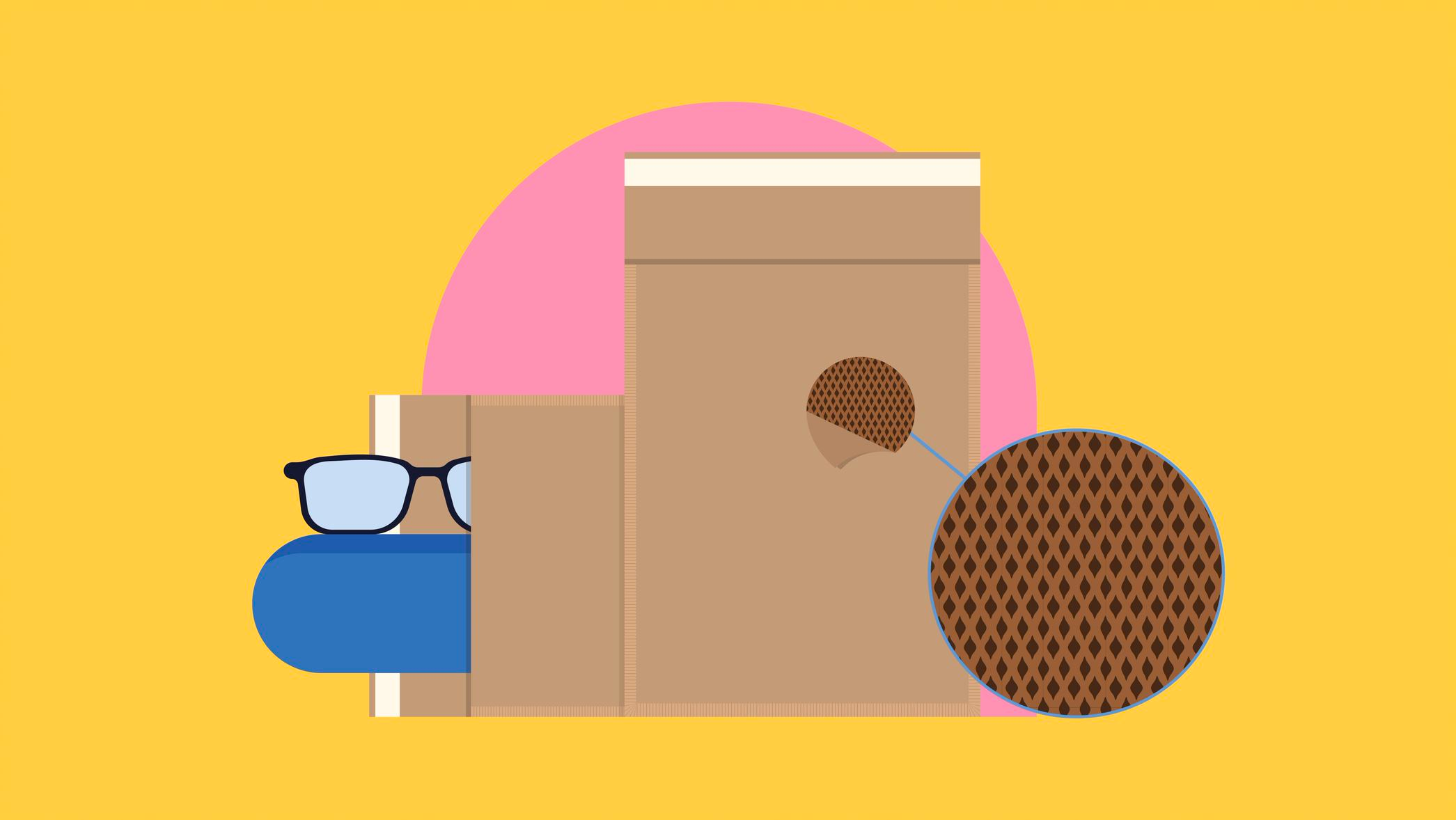
Honeycomb Mailer Bag
Myth: if it’s recyclable then it’s sustainable
Reality: we need to look at the whole life cycle of the product
Recyclability is important in making packaging sustainable. However, how you dispose of a product is just one part of the picture.
Take glass, for example. It can be easily recycled time and time again without significantly affecting the quality of the glass. However, producing glass is a resource-intensive activity. The final product weighs much more than many other types of packaging, which results in a higher transport emissions. It turns out, when we look at the full life cycle, glass is a great option if it's re-used, for example as part of a refillable solution, or if it's guaranteed to be recycled. It performs quite badly though when it becomes a single-use item.
To properly gauge how sustainable a type of packaging is, we need to look at its entire life cycle. This includes the resources needed to extract the raw materials, the energy used to manufacture it, and the transportation involved in getting it to warehouses. Finally, there is the way it's used and how it’s disposed of.



